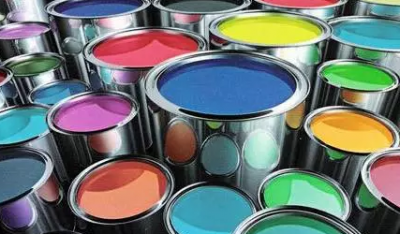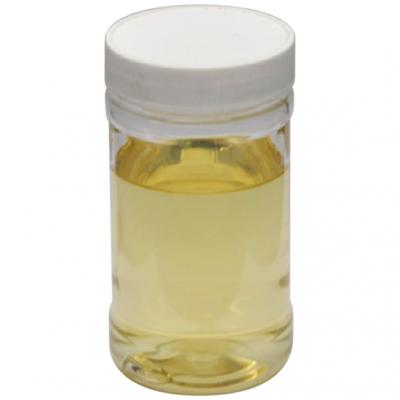To adapt to the development of the textile industry, producers invent textile auxiliaries. There are many types of textile auxilaries, and each category has a different function, such as leveling, fixing, penetrating, degreasing, moisture-wicking, a softening agent with a good feeling, and so on. Due to the different functions, you need to pay attention to the selection. Here is a summary of the precautions for textile auxiliaries selection.
Ⅰ. Technical personnel must have the basic knowledge of textile auxiliaries
It is the prerequisite for technical personnel to have the basic knowledge of textile auxiliaries when choosing textile auxiliaries. To use the additives well, you are supposed to understand the basic concepts, structure, performance, and characteristics of the additives. If an abnormal situation is found, it can be analyzed and dealt with in time.
Therefore, when the factory uses a new additive, the supplier must inform the structural category of the additive. For example, which type does the softening agent belong to, amino silicone oil softening agent, hydroxy silicone oil softening agent, fatty amide softening agent, imidazoline, or fatty acid paraffin softening agent. Only in this way can we perform it well and avoid mistakes.
Ⅱ. Focus on the effects of textile auxiliaries and avoid numerical traps
There are many brands of textile auxiliaries in the market, and the effects of textile auxiliaries are different. However, most manufacturers regard the practical content of the auxiliary agent as the standard for the effectiveness of the additive, ignoring the product's impact on the fabric itself, which causes a loss in production. We should choose textile auxiliaries with a basic understanding of the products.
Ⅲ. Test the acid and alkali resistance of textile auxilaries
This makes it easy to judge whether the textile auxiliaries can meet the needs of the process. The acid and alkali resistance of additives are very different. Anionic surfactants are generally alkali-resistant but not acid-resistant. Phosphate esters have the best alkali resistance, while carboxylic acids have the worst acid resistance. Cationic surfactants are usually acid and alkali-resistant. Non-ionic surfactants can withstand weak bases and weak acids, but not solid acids and strong bases.
The printing and dyeing factory should test whether the textile auxiliaries will be turbid or precipitated during use. There was a factory that used imported auxiliaries for submerged crawler scouring and bleaching. At first, everything was fine. Then wrinkles continued to appear. After dyeing, the cloth surface was scattered with irregular color spots. They opened the box, there were solids of different thicknesses on the guide rollers. It turns out that they are the deposits of the textile auxiliaries which are not alkali-resistant. When sticking to the cloth, color spots will be formed during dyeing.
Therefore, please measure the alkali and acid resistance of additives. And it is necessary to focus more on auxiliaries during the cold rolling and scouring and bleaching. Many additives will be hydrolyzed in alkaline and acidic media.
Ⅳ. Avoid subjective analysis and ignore the application of textile auxiliaries
In an experience-based enterprise, the supervisor or worker will use some additives and technologies according to his own experience and refuse other products. It is caused by the lack of knowledge and technology, which makes them unable to distinguish the pros and cons of the additives and to use new additives. In addition to improving the quality of talents in enterprises, paying more attention to the application of textile auxiliaries is also important.



 English
English  日本語
日本語  Español
Español  tiếng việt
tiếng việt  Türkçe
Türkçe  ไทย
ไทย  українська
українська  हिंदी
हिंदी  বাঙালি
বাঙালি  اردو
اردو 



